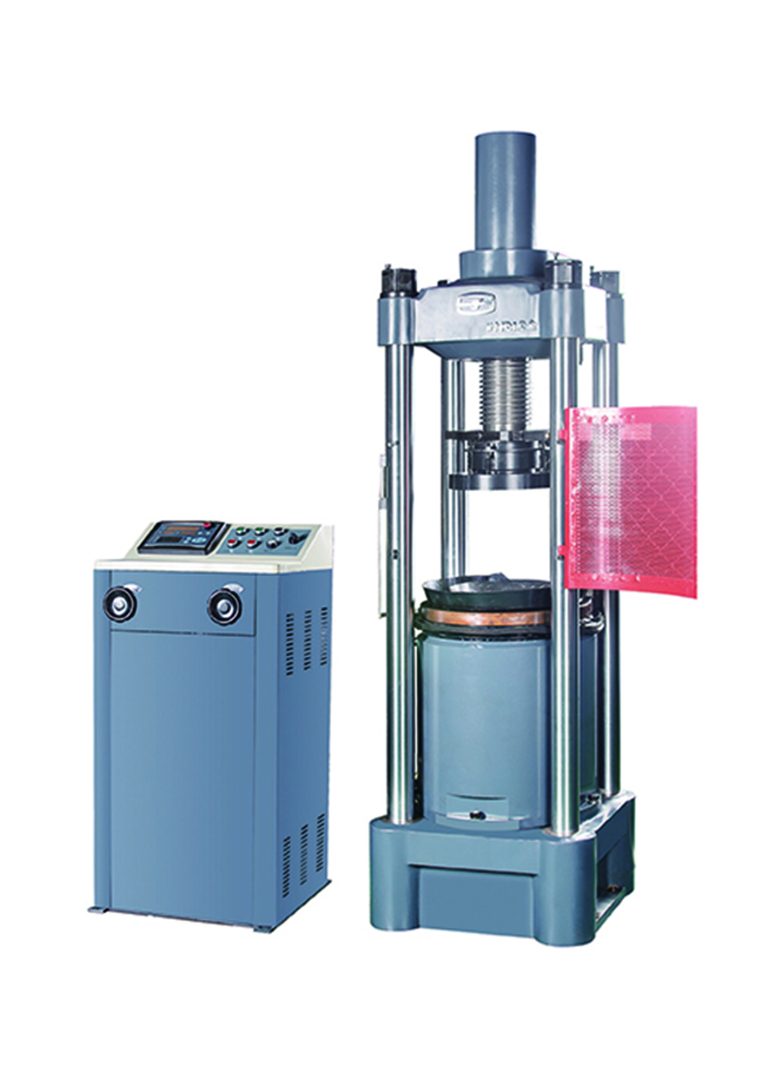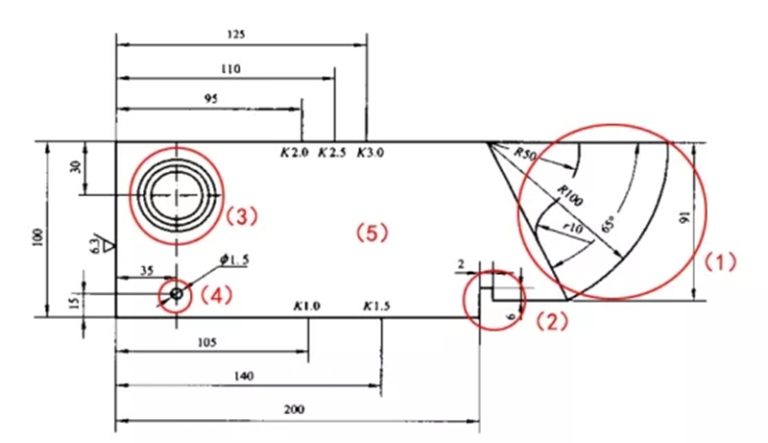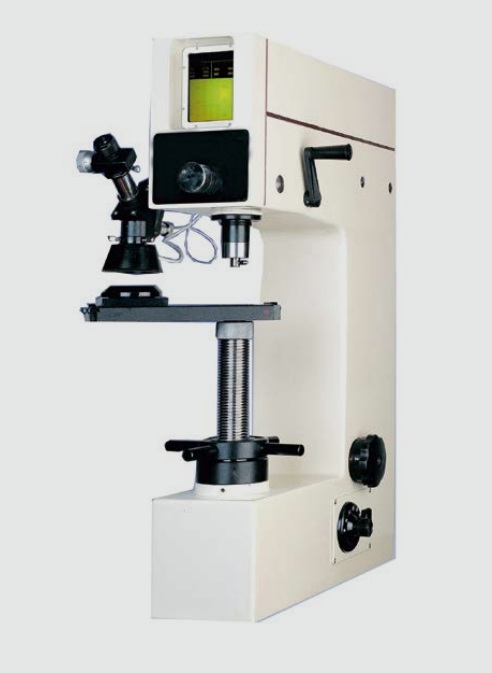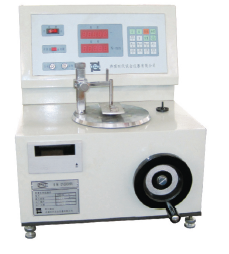In machining, different measuring tools and measuring instruments are always used to measure and inspect parts. However, there are so many measuring tools. In addition to learning how to use them, we must also understand their uses.
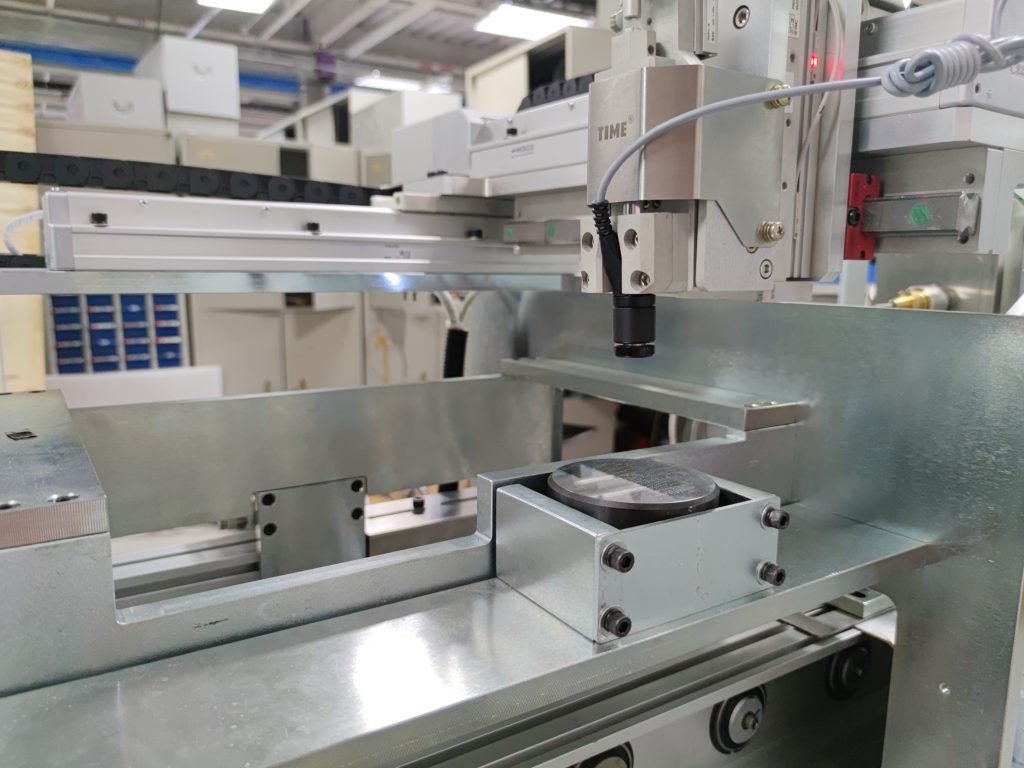
Usually, a measuring tool refers to an instrument used to measure or inspect the size of a part. The structure is relatively simple. This instrument can directly indicate the unit and limit of the length; while a measuring instrument refers to an instrument used to measure parts or verify the size of the measuring tool. The structure is relatively simple. It is relatively complicated. It is a measuring instrument that uses mechanical, optical, pneumatic, electric and other principles to amplify or subdivide the length unit. The following editor summarizes the classification of measuring tools and measuring instruments according to their uses in use.
What are the classifications of measuring tools and measuring instruments according to their uses?
- Reference measuring tools and measuring instruments
Measuring tools: measuring blocks, polygonal prisms, linear rulers, etc.
Measuring instruments: laser light wave comparator, light wave interference comparator, vertical optical meter, etc.
- General measuring tools and measuring instruments
Measuring tools: cast iron flat plate, cast iron, inspection flat plate, marking flat plate, riveted welding flat plate, assembly flat plate, marble flat plate, snap gauge, plug gauge, ring gauge, feeler gauge, steel ruler, vernier caliper, depth gauge, etc.
Measuring instruments: dial indicator, dial indicator, lever dial indicator, micrometer, length meter, light comparator, etc.
Measuring instruments can also be divided into: according to their working principles:
(1) Mechanical measuring instrument: A measuring instrument that uses levers, gears, springs, etc. as transmission amplification and is expressed through a reading device.
(2) Optical measuring instrument: a measuring instrument made of the amplification effect of an optical lever formed by the principle of light reflection.
(3) Pneumatic measuring instrument: a measuring instrument that uses the principle of pressure or air flow changes when compressed air flows through the surface of a part.
(4) Electric measuring instrument: a measuring instrument that converts changes in length and size into changes in electrical quantities such as inductance and capacitance.
- Measuring tools and measuring instruments
Measuring tools: square ruler, sine gauge, square ruler, cone gauge, 7:24 taper test rod, angle measuring block, etc.
Measuring instruments: spirit level, optical dividing head, optical goniometer and optical imaging level, etc.
- Measuring tools and measuring instruments for detecting geometric shapes and mutual positions
Measuring tools: cast iron flat plate, cast iron, sample ruler, etc.
Measuring instruments: deflection checker, roundness meter and flatness measuring instrument, etc.
- Measuring tools and measuring instruments for detecting surface finish
Measuring Tool: Finish Sample.
Measuring instruments: interference microscope, profilometer and light section microscope, etc.
- Measuring tools and measuring instruments for detecting threads
Measuring tools: three-pin, thread centimeter, thread plug gauge, thread ring gauge, etc.
Measuring instruments: pitch measuring instrument, screw measuring instrument, etc.
- Measuring tools and measuring instruments for detecting gears
Measuring tools: common normal micrometer, gear runout checker, tooth thickness vernier caliper.
Measuring instruments: involute tooth profile inspection instrument, circumferential pitch inspection instrument, base pitch instrument, tooth direction inspection instrument, single-sided meshing inspection instrument, etc.
- Special measuring tools and measuring instruments
All forms of measuring tools and measuring instruments have one thing in common, that is, they must have three basic functions: detection, comparison, and display of the difference between the standard value and the measured value. Other functions can meet diverse needs.

